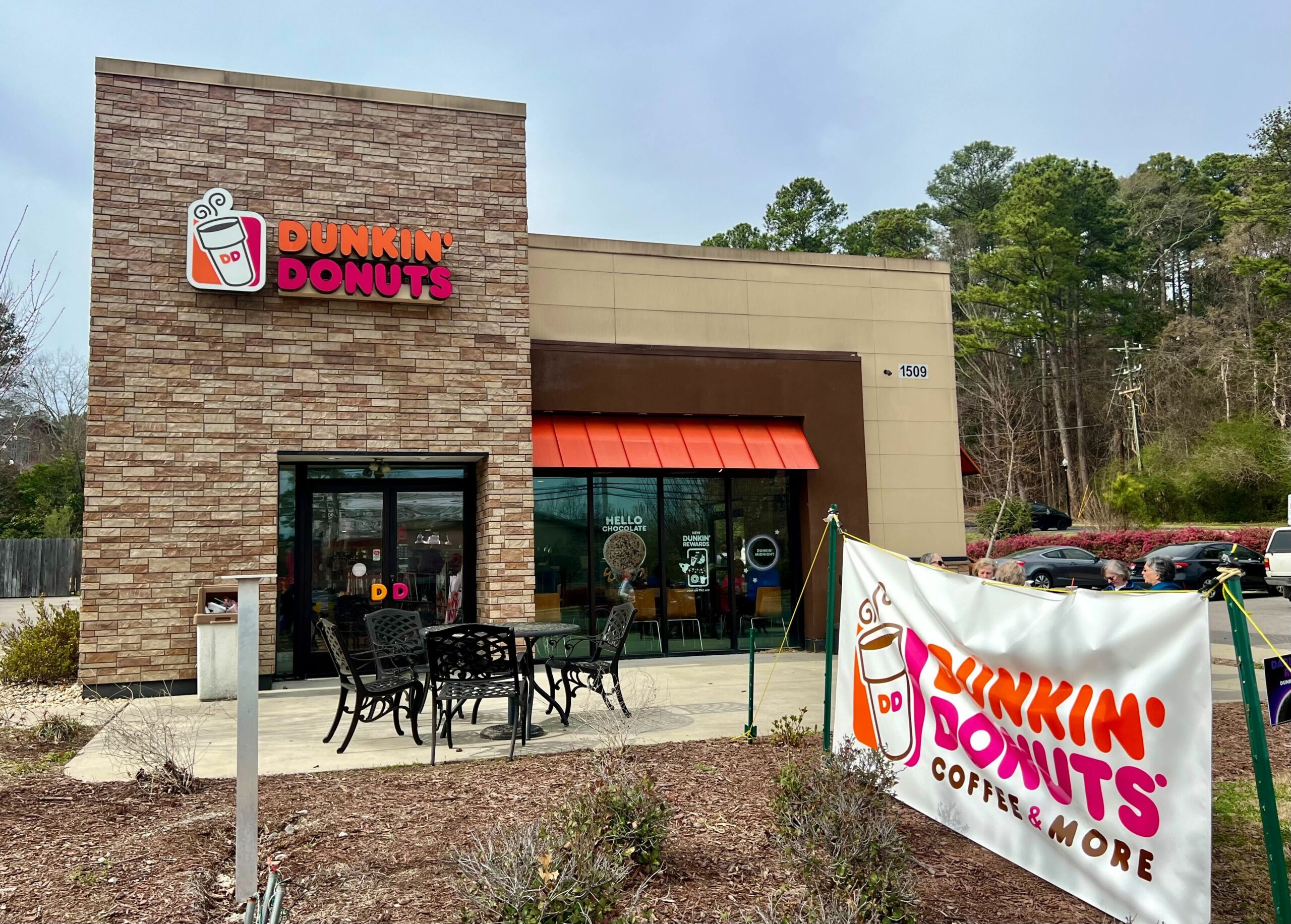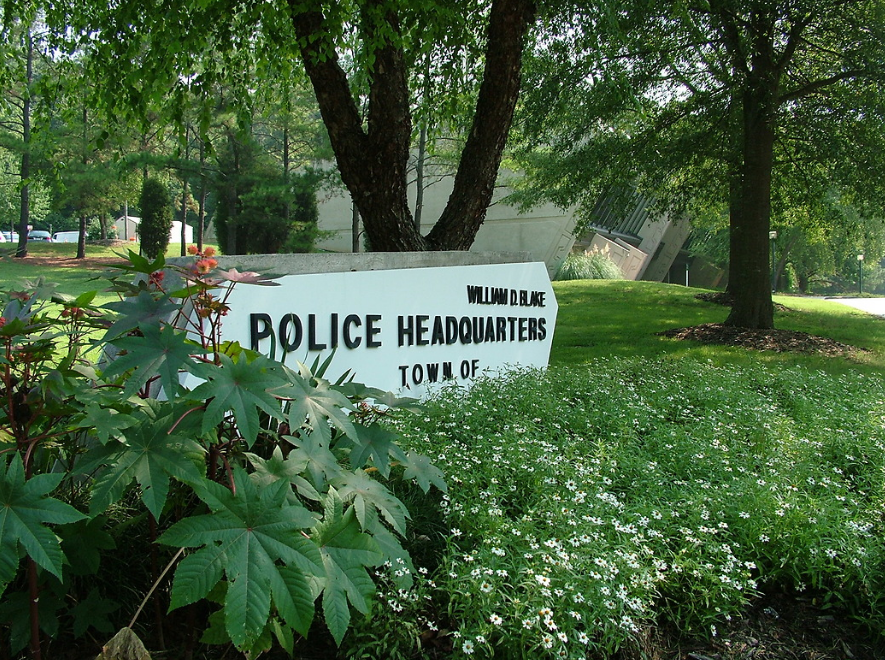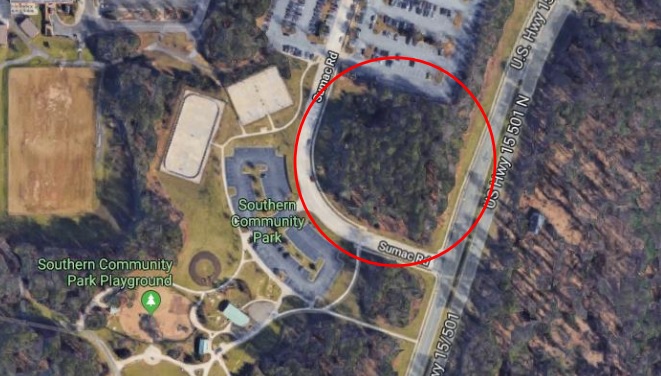The Chapel Hill Town Council met on Wednesday to consider a proposal to redevelop the Lincoln Center, an administrative campus under the jurisdiction of Chapel Hill-Carrboro City Schools.
The campus was known as Lincoln High School in 1950 when it became an all-black educational institution, but national desegregation efforts led to its repurposing in 1966.
James Barrett, the chair of the Chapel Hill Board of Education, noted the importance of the campus and the alternative education that it currently provides to struggling students.
“The historically black high school was located there,” explained Barrett. “We [now] have Phoenix Academy, which serves 50 students today — a great educational opportunity as an alternative high school.”
The proposal aims to expand the campus by erecting a preschool center, classrooms for technical education and museum space for artifacts from Lincoln High School.
“We will have a new chamber for our board meetings, and it will be right in the middle of historic museum space for African-American history, specifically in Chapel Hill,” forecasted Barrett.
Todd LoFrese, the assistant superintendent of Chapel Hill-Carrboro City Schools, claimed that a dedicated facility for preschool in the Lincoln Center would address overcrowding in the district.
“When […] we reach full capacity at one of our elementary schools, we often turn to our preschool and move a preschool classroom from one school location to another,” explained LoFrese. “Oftentimes, they’re in substandard spaces such as modular classrooms, so what we’re talking about is a new facility dedicated solely for [preschool].”
Maria Palmer, a council member who founded a local Spanish immersion preschool in 1996, objected to parts of the proposal, citing her belief that a centralized preschool would foster racial division.
“Is it advisable to group young children in one location,” asked Palmer. “To me, this is, in fact, resegregation.”
Council members will reconvene on February 27 for further deliberation on the proposal, which includes a rezoning initiative for the projected 12-acre footprint of the redeveloped campus.
Related Stories
‹

Chapel Hill Dunkin’ Approved for Drive-Thru WindowAt the March 22 Chapel Hill Town Council Meeting, council members unanimously approved the motion to allow Dunkin’ to establish a drive-thru window at their location.

Conversations with the Mayors: Chapel Hill Non-Profit Partnerships, Town Council MeetingsPam Hemminger spoke with Brighton McConnell on Thursday, June 16th to discuss non-profit partnerships, town council meetings, and more.

Five Chapel Hill Town Council Members Endorse Incumbent Mayor for Re-ElectionFive sitting members of the Chapel Hill Town Council have publicly endorsed Mayor Pam Hemminger for re-election. Hemminger is running against current town council member Hongbin Gu and UNC law student Zachary Boyce for the lone mayoral seat. Mayor Pro Tem Michael Parker and council members Jess Anderson, Tai Huynh, Amy Ryan, and Karen Stegman […]

Recount Possible in Chapel Hill Town Council RaceA recount could be coming following the close Chapel Hill Town Council race on Tuesday night. Tai Huynh leads incumbent Nancy Oates by 24 votes in the race for the final seat up for election to the Chapel Hill Town Council after the initial numbers from Election Night were counted, but those numbers are not […]

Chapel Hill Looking to New Options for Possible Police StationRecent plans fell through for the Town of Chapel Hill and UNC to agree on a joint venture that would have brought a new Chapel Hill Police station and other town facilities to a new building on university-owned property on Estes Drive Extension. Chapel Hill Police assistant chief Jabe Hunter provided an update to the […]

Chapel Hill Calling Special Meeting to Name New Town ManagerChapel Hill Mayor Pam Hemminger has tentatively revealed the date that the town will announce it’s selection for the new Town Manager. Hemminger announced at the town council meeting last Wednesday that the town would be pushing back their announcement until a special meeting on July 10. “We were hopeful to announce our new manager […]

Chapel Hill Exploring Possible Kidzu RelocationChapel Hill is officially exploring the possibility of moving Kidzu Children’s Museum to a town-owned location near Southern Village. The Town Council unanimously entered into a non-binding good-faith agreement, a letter of intent, with Kidzu to move forward with researching the move at last week’s meeting. The land is located off of 15-501 near the […]
![]()
Local NAACP Lobbies for Chapel Hill Affordable Housing Bond PrioritiesEarlier this year, the Chapel Hill Town Council approved a $10 million bond referendum for affordable housing on the November ballot. Last Week, president of the Chapel Hill – Carrboro NAACP Anna Richards penned a letter to the council recognizing the bond as a “first step” in the fight for affordable housing in the area […]
![]()
Challengers See Big Night in Chapel Hill Town Council ElectionVoters called for a shakeup on the Chapel Hill Town Council this year as both incumbents, Ed Harrison and Maria Palmer, were unseated in last night’s election by challengers. Hongbin Gu, a political newcomer endorsed by CHALT, the Chapel Hill Alliance for a Livable Town, and Indy Week, came in first place with 5,883 votes. […]
![]()
Lincoln Center in Chapel Hill Under Consideration for RedevelopmentThe Chapel Hill Town Council met on Wednesday to consider a proposal to redevelop the Lincoln Center, an administrative campus under the jurisdiction of Chapel Hill-Carrboro City Schools. The campus was known as Lincoln High School in 1950 when it became an all-black educational institution, but national desegregation efforts led to its repurposing in 1966. […]
›








